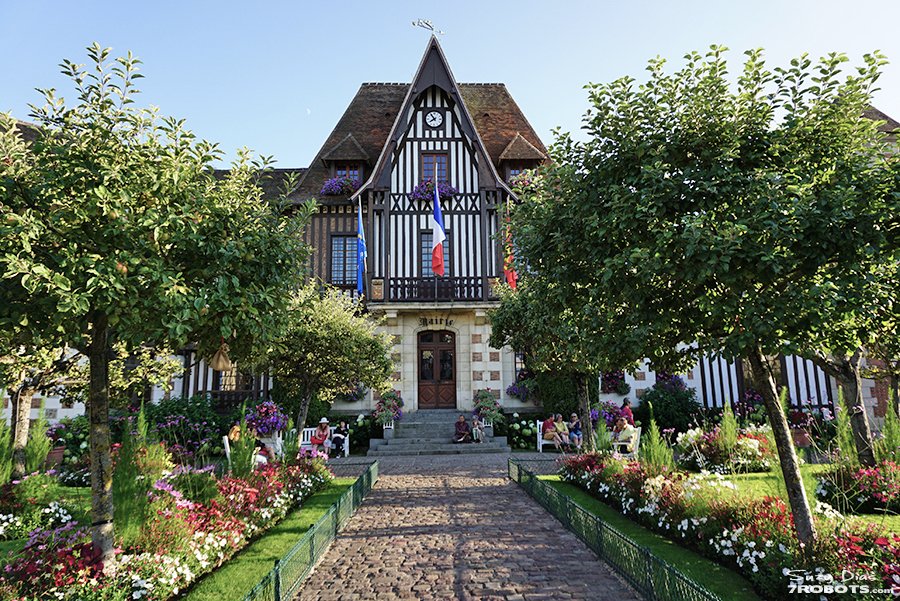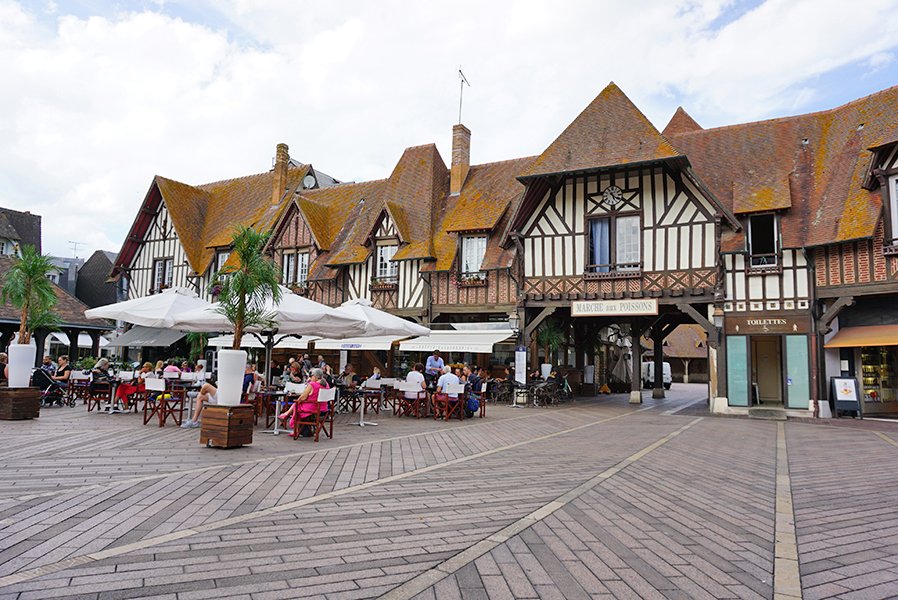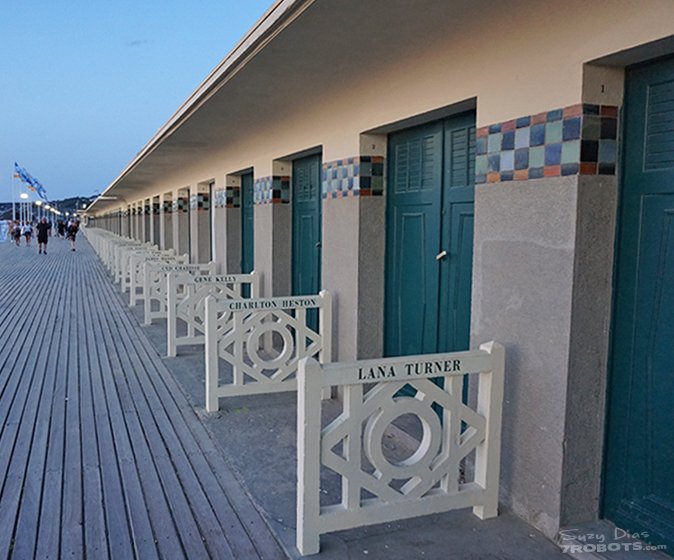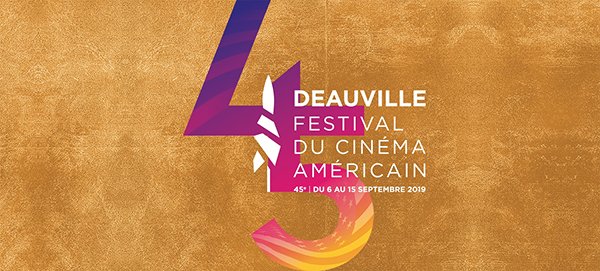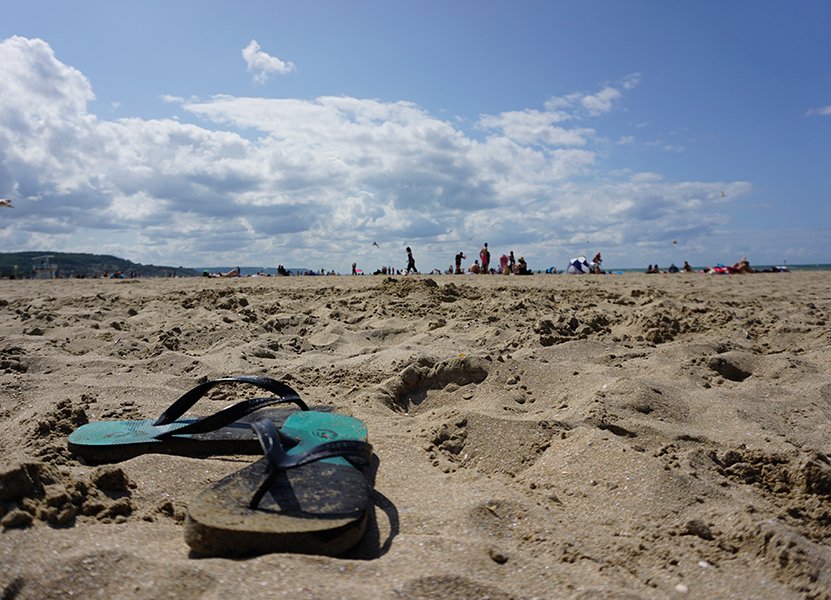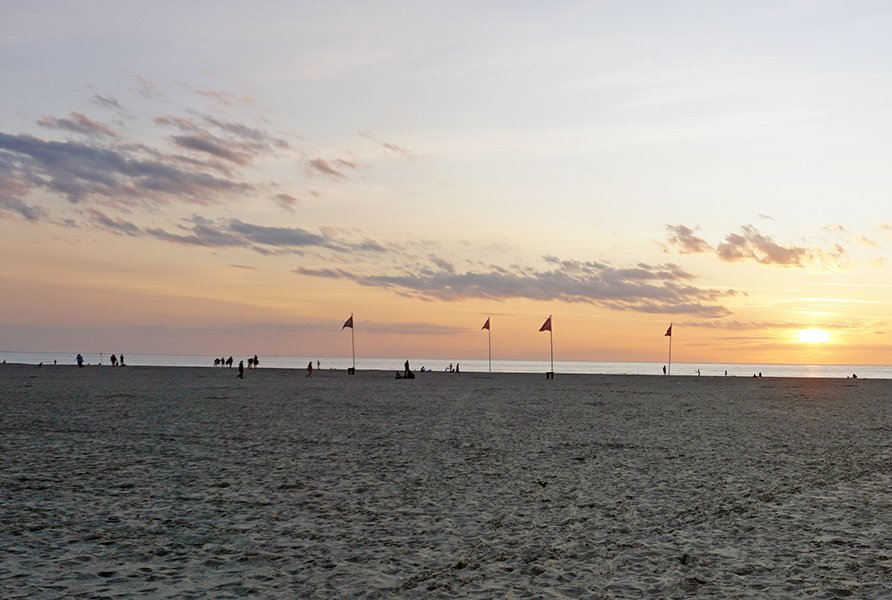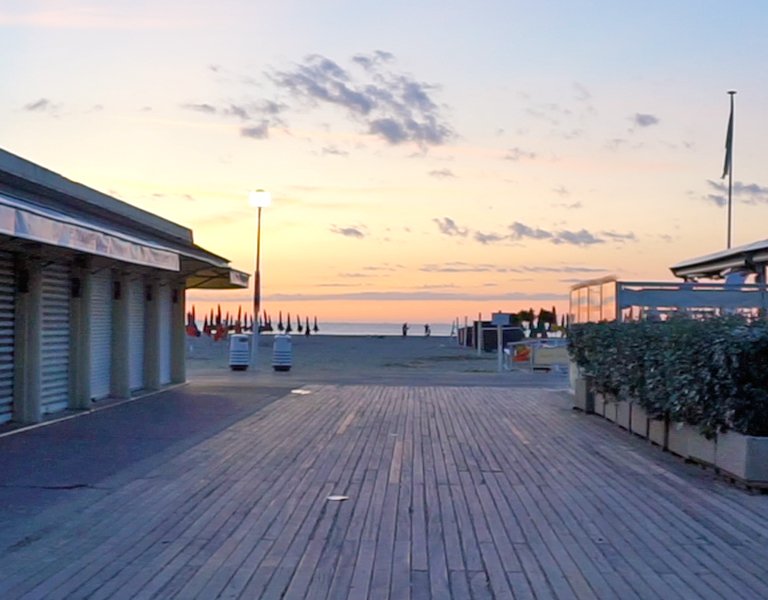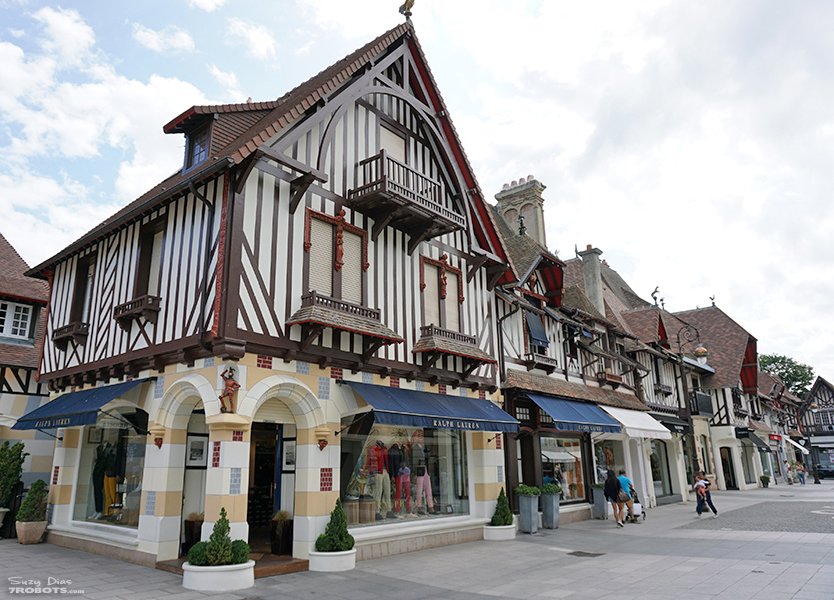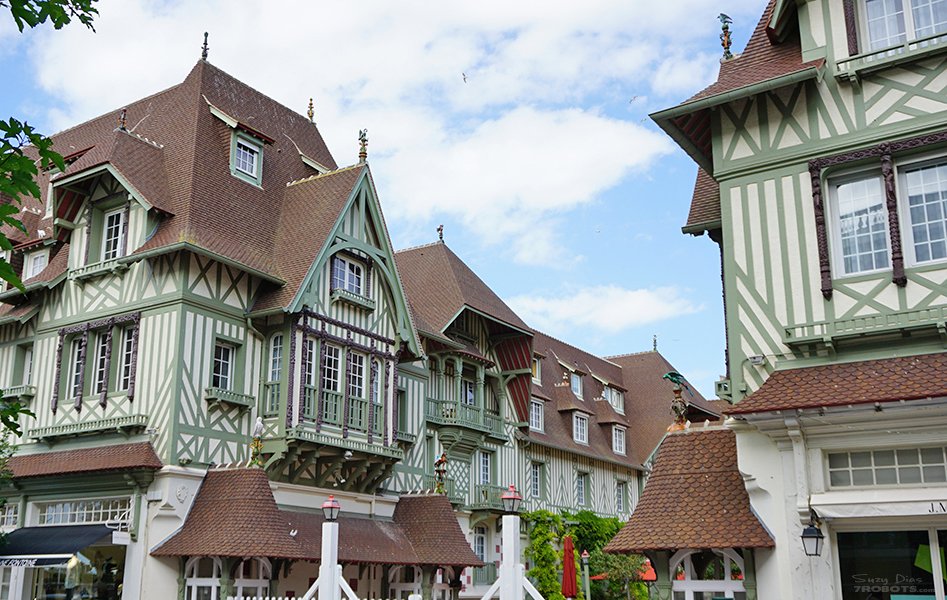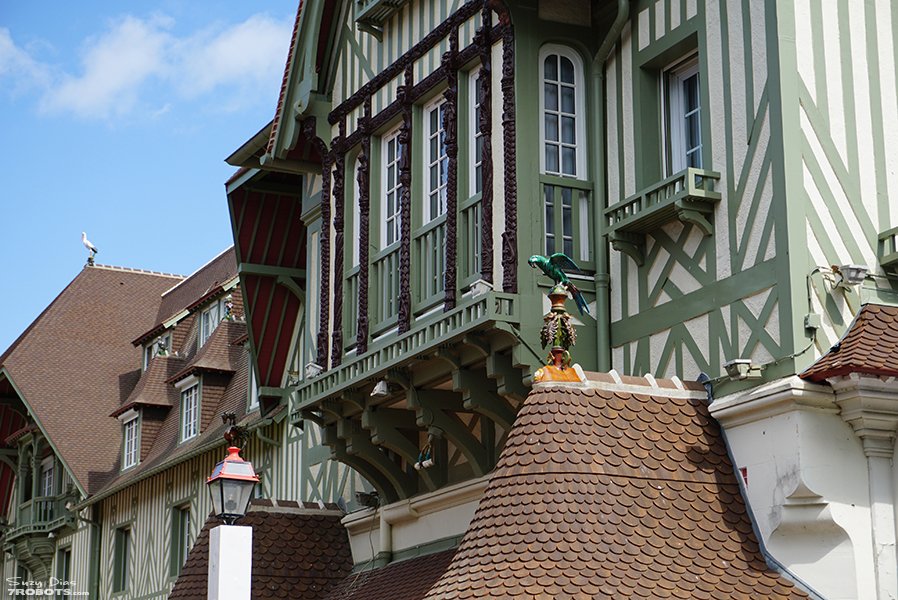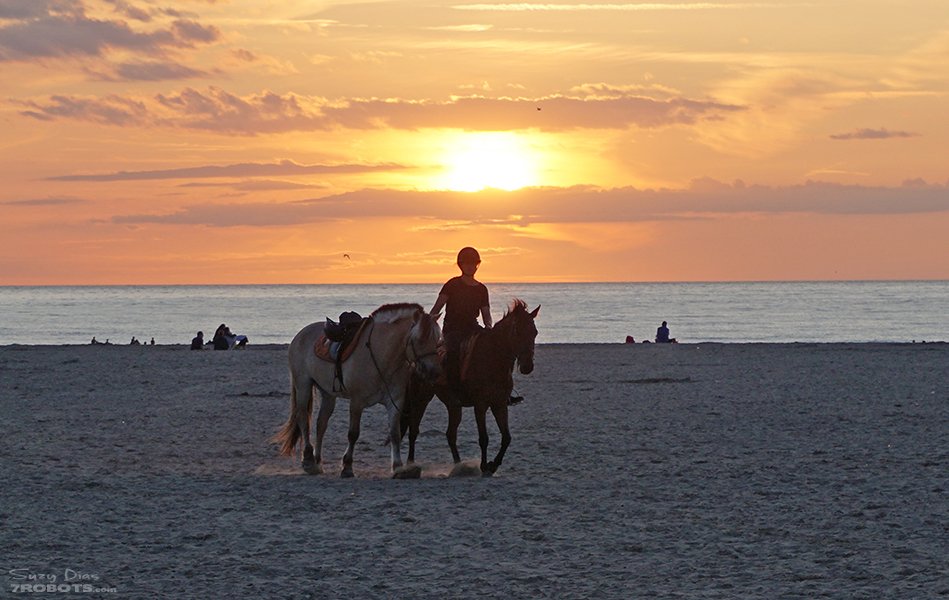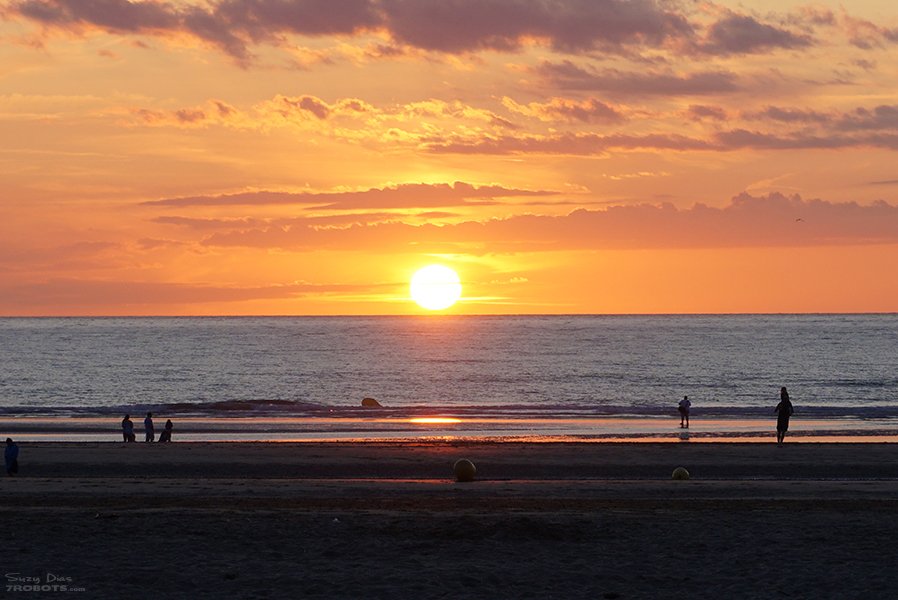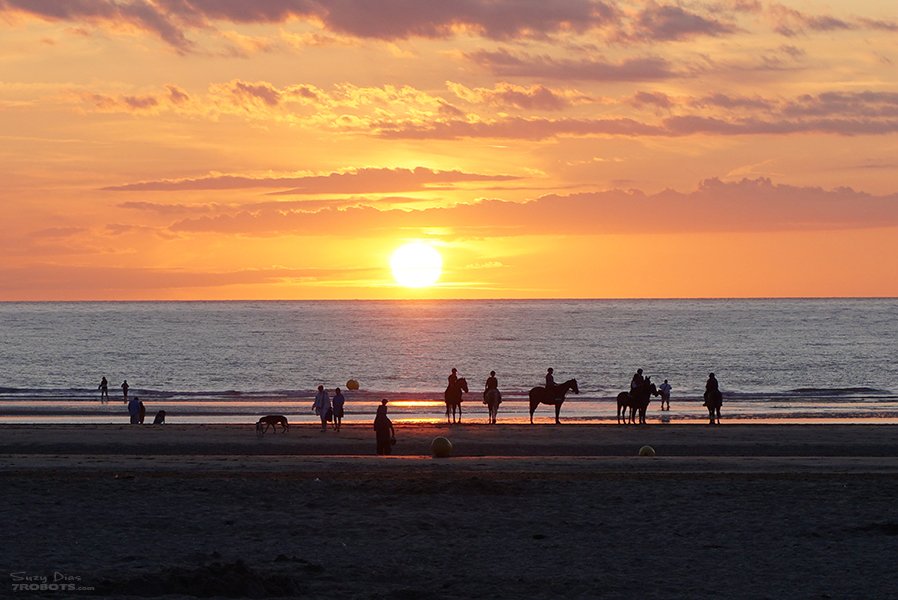I need a beach near Paris! Where can I go and how much will it cost?
If you need a quick and affordable getaway from Paris, why not try Normandy. There you’ll find Deauville and Trouville-sur-mer, two charming towns with lovely beaches that won’t break the bank. Why two? Because they are twin towns that are literally across a bridge from each other, separated by the River Touques. Need another great reason to visit? It’s a two hour train ride from Paris.
Book early and save
If you book early, perhaps 3 or 4 months ahead, you can find great prices on flights or trains. I booked 4 train tickets from Paris Saint-Lazare station to Deauville/Trouville and back on SNCF OUI for 3 days/2 nights in August for just €111.40! You can set up an alert too for the best deals. For more info, click here.
Comparing Deauville & Trouville
Deauville and Trouville practically share the same wide beach. This is the closest seaside to Paris, which makes both towns ideal places for everyone, even families, to have a fun holiday. They each have that unique Norman architecture, luxurious casinos, beachfront boardwalks and a string of Belle Époque era villas, yet they look and feel quite different. I thought people where exaggerating, but it’s true. Each town definitely has its own personality. While Deauville is suave and sophisticated, Trouville is relaxed, happy-go-lucky and fun for families.
Deauville, Normandy
This is a two-part post, mostly so I can include a lot of pictures. We’ll begin with Deauville. This town is buzzing all year with its non-stop round of film festivals, horse racing, yachting regattas, tennis and golf tournaments, international jazz and vintage car rallies.
The beach is an explosion of brightly colored and generously sized parasoles that you can rent. One key feature is the Promenade des Planches (1923), a huge boardwalk lined with beach huts (cabins) that you can also rent to keep all of your beach related equipment (beach chairs, coolers, hang towels to dry, etc…). Each hut is marked by a wooden fence with the name of a famous Hollywood actor. Normandy’s version of the Hollywood Walk of Fame.
Since weather in Normandy can be unpredictable (even in the summer), there is an Olympic-sized swimming pool filled with seawater and heated to 27ºC. So, they’ve got you covered. There are also the grand Casino (1913), tennis courts, miniature golf, a water-sports center and much more.
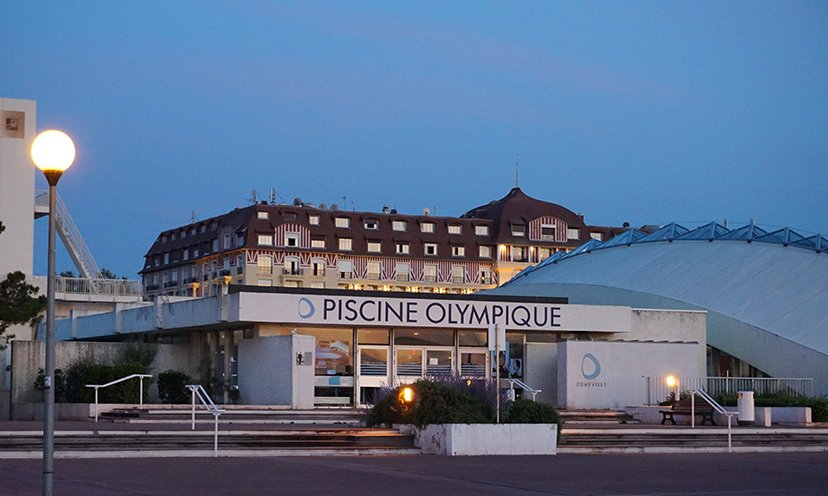
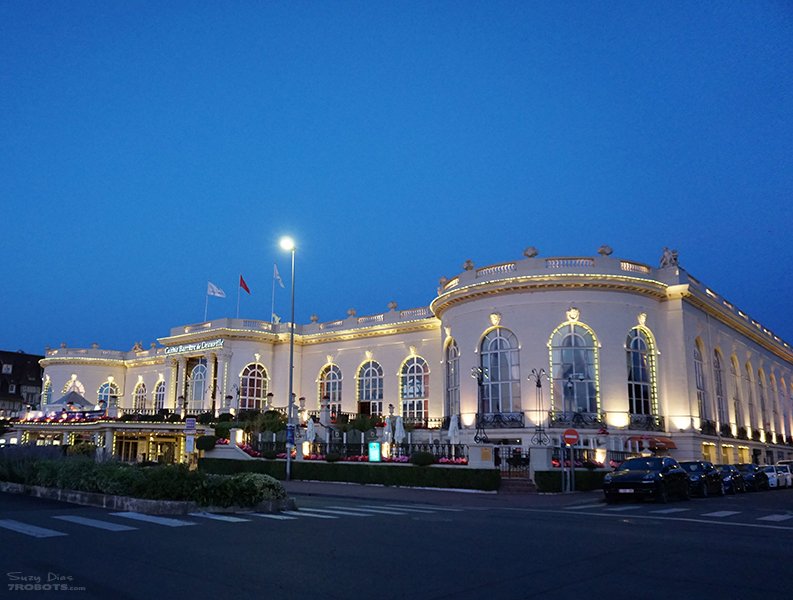
Every September since 1975, Deauville hosts the glamorous American Film Festival (Festival du cinéma américain de Deauville) with many A list celebrities attending. Around 100 films from the United States are screened, including big Hollywood movies, independent cinema, short films and television productions.
A Quick History
Originally a patch of marshland across from the already appreciated beach at Trouville, the future resort of Deauville was the vision one man, Joseph Olliffe, and his rather wealthy friend, Charles Duc de Morny…who happened to be Emperor Napoleon III’s half-brother. By 1860, the Duc transformed Deauville from marshland to a fashionable seaside resort. All of this to capitalize on the new railway link from Paris. Add a grand casino and a horse track (La Touques hippodrome) and your guaranteed to attract turn of the century upper classes.

Further chic additions followed through time. In the Belle Epoque before the outbreak of World War I, more sumptuous hotels went up, along with a major casino. During the Great War, Deauville’s big hotels were turned into hospitals for wounded Allied soldiers. Between the wars, Deauville developed a grand new station, iconic galleried bathing facilities and its wooden beach boardwalk.
After World War II, the resort’s international reputation grew. A cluster of marinas beside the Touques estuary added to the permanent attractions, while the American Film Festival, inaugurated in 1975, began drawing stars and fans of the silver screen each September. [read more…]
Deauville in Pictures
Deauville Beach
Shopping
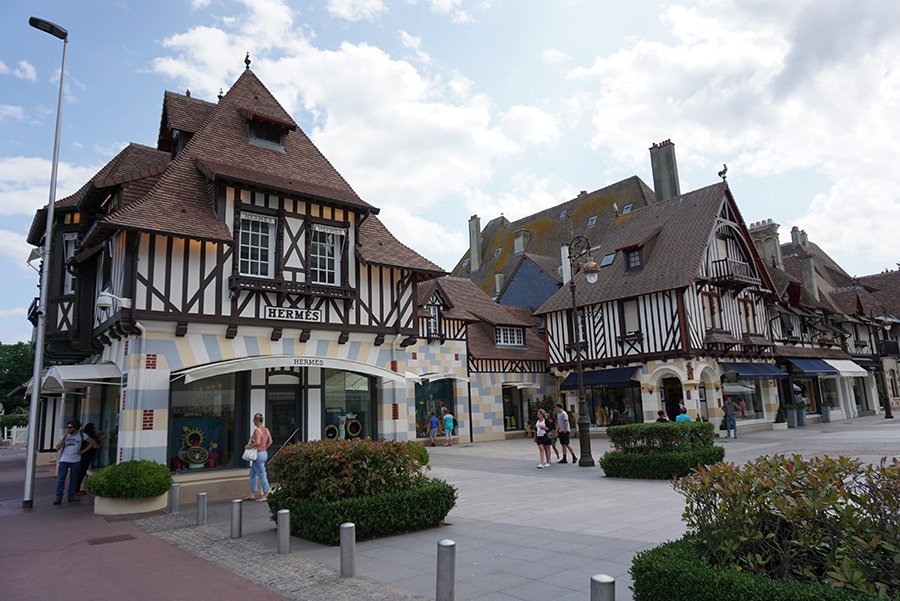
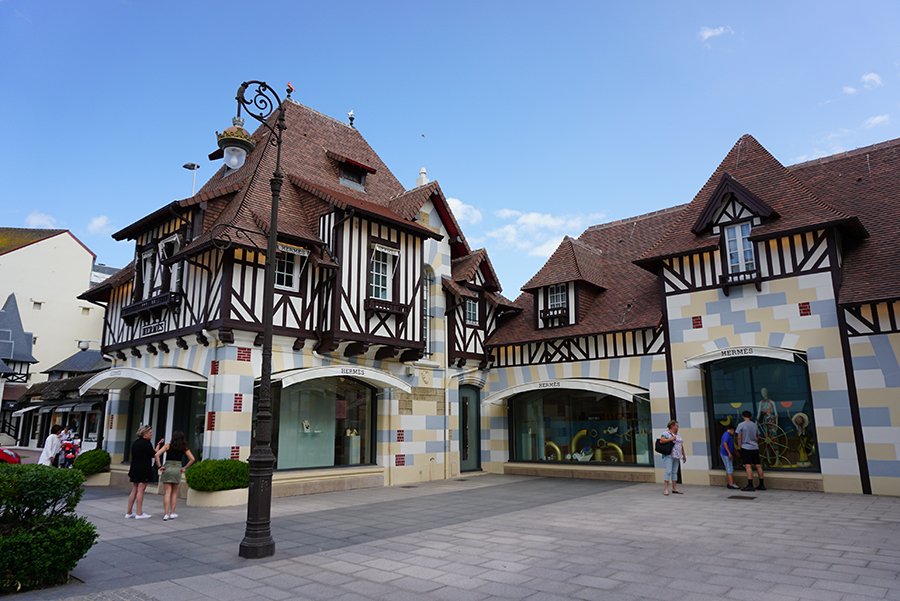
In Deauville everything is clad in timber, painted the same color and decorated with épis de faîtage (terracotta ornaments like birds or flowers) on the rooftops.
